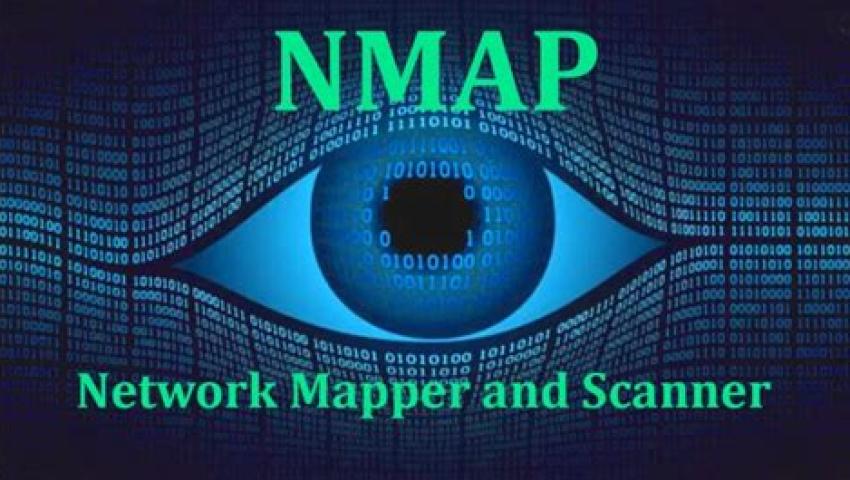
How to Use Nmap for Network Scanning and Vulnerability Detection
Nmap (Network Mapper) is a powerful tool widely used by network administrators, penetration testers, and security professionals to assess network security and perform vulnerability detection. It helps identify active devices, open ports, running services, and even operating systems within a network.
In this article, we will explore how to use Nmap for network scanning and vulnerability detection, including practical examples for beginners.
1. Installing Nmap
Before you can begin using Nmap, you’ll need to install it. Nmap is available for Windows, Linux, and macOS.
On Linux: Use the following command to install Nmap:
sudo apt install nmapOr use your package manager based on your distribution.
On macOS: Install Nmap using Homebrew:
brew install nmap- On Windows: Download and install Nmap from the official website.
2. Basic Scanning Techniques
Once installed, Nmap offers a variety of scanning options. Here are some basic commands you can use for network discovery and vulnerability detection.
Ping Scan
To identify which devices are active on the network, you can perform a ping scan. This scan sends a simple ICMP echo request to detect live hosts:
nmap -sn 192.168.1.0/24This command scans all devices in the 192.168.1.0/24 network range to check which ones are active.
Port Scanning
One of Nmap's key features is its ability to detect open ports. By scanning ports, you can identify which services are accessible on a target device.
nmap -sS 192.168.1.1The -sS flag tells Nmap to perform a SYN scan, which is an efficient way to detect open ports without completing a full TCP handshake.
Service Version Detection
Once you discover open ports, you can use Nmap to determine the versions of the services running on those ports. This can help you spot vulnerabilities associated with outdated software.
nmap -sV 192.168.1.1The -sV flag tells Nmap to probe the open ports and identify the software running behind them, including the version numbers.
Operating System Detection
Another useful feature of Nmap is its ability to detect the operating system of the target. This is useful for identifying which OS is running on a device and assessing potential vulnerabilities associated with that OS.
nmap -O 192.168.1.1The -O flag enables OS detection, providing information such as the type and version of the operating system.
3. Vulnerability Scanning with Nmap
Nmap has powerful scripts for vulnerability detection, especially through the Nmap Scripting Engine (NSE). These scripts allow for automated vulnerability assessments and security checks.
Using the --script vuln Flag
One of the most straightforward ways to detect vulnerabilities is by running Nmap with the --script vuln option. This tells Nmap to execute a set of vulnerability detection scripts against the target.
nmap --script vuln 192.168.1.1The vuln script will run a wide range of checks to identify known vulnerabilities, such as open ports with unpatched services and insecure configurations.
Using the --script vulners Flag
For more in-depth vulnerability detection, Nmap offers the vulners script, which queries a database of vulnerabilities. It pulls information from multiple sources, such as CVE (Common Vulnerabilities and Exposures) and vendor advisories, to detect vulnerabilities specific to the software versions running on your target.
nmap -sV --script vulners 192.168.1.1This script compares the discovered services and versions to a large database of known vulnerabilities and provides detailed information about any issues found.
4. Advanced Vulnerability Scanning
Nmap’s advanced scanning options offer deeper insights into the network’s security posture.
Using the vulscan Script
Vulscan is another advanced Nmap script that pulls data from multiple vulnerability databases like NVD, CVE, and OVAL. It provides an extended level of detail and can be used in networks with limited internet access since the vulnerability databases are stored locally.
nmap -sV --script=vulscan/vulscan.nse 192.168.1.1Vulscan is ideal for those who require a comprehensive analysis of vulnerabilities across multiple databases.
5. Best Practices for Using Nmap
When using Nmap, always follow these best practices to ensure effective and legal scanning:
Authorization: Always get explicit permission before scanning any network to avoid legal issues. Unauthorized scanning can violate regulations such as the Computer Fraud and Abuse Act (CFAA).
Minimize Impact: Nmap scans can create heavy network traffic, so be mindful of network performance. Schedule scans during low-traffic periods if possible.
Focus Your Scans: Narrow your scan to specific devices or subnets to reduce unnecessary load on the network and avoid triggering security alarms.
- Data Sensitivity: Avoid exposing sensitive information like personal data during your scans. Follow relevant data protection regulations (such as GDPR) if scanning production systems.
Conclusion
Nmap is a versatile and powerful tool for network scanning and vulnerability detection. Whether you are a network administrator or an ethical hacker, Nmap's robust features—such as service version detection, OS fingerprinting, and vulnerability scanning—can provide valuable insights into your network’s security. By using Nmap effectively, you can identify weaknesses before attackers do, enabling proactive measures to secure your systems.
For more advanced techniques, you can explore Nmap's detailed documentation and learn to customize your scans to meet your specific security needs
Alex Ananenko
Leave a comment
Your email address will not be published. Required fields are marked *


